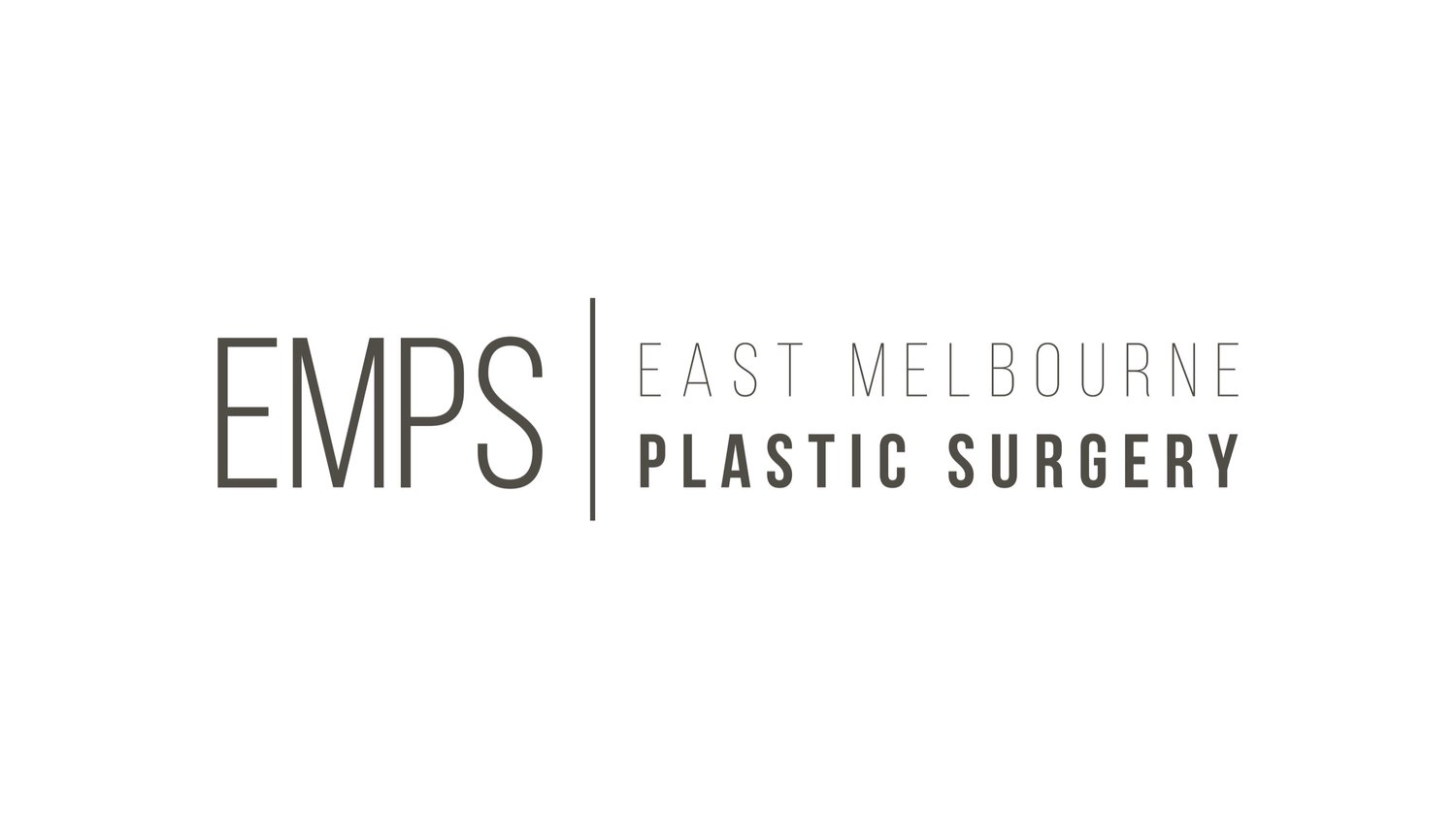
Welcome to East Melbourne Plastic Surgery
Research-driven cutting edge reconstructive and aesthetic plastic surgery.
Surgical procedures
-
Eyelid surgery/Blepharoplasty
Eyelid ‘sag’ or droop may be tell-tale signs of the aging face that trouble people aesthetically or obstruct their visual function. It is also one the most commonly performed types of surgery offered by plastic surgeons. Eyelid surgery may help reduce the fatigue with continually raising the eyebrows to allow drooping eyelids to be held out of the visual field.
Nose surgery/Rhinoplasty
Nasal surgery may be aesthetic but also post-traumatic or related to the function of breathing. Nasal surgery may therefore be sought to alter the external appearance of the face but also in the adequate function of the airway in breathing, exercise and sleep.
Face and neck lift surgery
Facial skin sagging or droop is another telltale sign of aging that has become more noticeable in the age of enhanced visual telecommunication. The COVID-era zoom-boom has meant that people were exposed to their appearance broadcast back to themselves in real-time just as it was to the rest of the world. Intricate anatomy makes surgery to the head and neck areas, whether for reconstructive or aesthetic aims, a highly skilled surgery that demands adequate knowledge, planning, patient assessment, and technical execution.
-
Our specialists perform surgery for skin cancers (including BCC, SCC, melanoma and rarer skin cancers), including simple excision, skin grafting and local flaps as well as free vascularised tissue transfer. They perform surgery for lymph node biopsy and lymph node clearance in the groin, axilla and neck to treat cancer spread. A/Prof Shayan and Dr Shukla are active members of the Victorian Melanoma Service (VMS), at the Alfred Hospital.
-
Reconstructive
Patient’s own (autologous) tissue
- oncoplastic (using local breast tissue)
- local flaps
- fat graft
- microsurgical free flaps (DIEP flaps, with or without lymph node transfer if needed). This is the transfer of tissue from a donor site like the abdomen to the breast using microscopic surgery to reconnect the blood vessels
Implant based reconstruction
- permanent breast implants
- temporary implants before definitive autologous or implant based reconstruction
Functional
• Breast reduction - Breasts that are excessively heavy and cause symptoms of neck and shoulder pain, rashes or cutting in bra straps
• Breast lift/mastopexy - surgery to lift deflated breasts to their former location after significant weight loss or breast feeding
• Removal of implants, capsulectomy and replacement or reconstruction - breast implants have a ‘half-life’, after which they become ruptured, moved, distorted or otherwise symptomatic. Increasing public awareness of certain forms of cancer thought to be caused by breast implants, and ideas of breast implant-related illness have lead to a recent and unprecedented demand for implant removal, capsulectomy and ‘auto-augmentation’ using a patient's own tissues. Our surgeons consult with patients and offer a range of solutions tailored to fit patient’s individual characteristics.
-
Post bariatric surgery:
• Breast (see above)
• Abdominoplasty: Abdominal tissue may become excessively distended during weight gain (or pregnancy) and then the deflated skin will remain in excess following weight loss (or end of pregnancy). This can result in rashes, difficulty socialising, exercising or fitting into clothing, and general embarrassment that often leads patients to speculate whether the weight loss was ‘worth it’. The clear health benefits of a healthy weight range definitely suggest that in almost all cases, the treatment of excessive adipose tissue accumulation (particularly related to intra abdominal adipose tissue) is related to an improvement in overall health; however, the secondary problems arising from excess weight may be distressing for patients, and so reduction of excess skin can restore the patient’s mobility, life-style and quality of life.
• Thigh lift and arm lift (brachioplasty): as with abdominal tissue excess, weight loss may also result in excess loose tissue in the arms, legs, and flank. For the same reasons as seen in abdominoplasty surgery, significant benefits may result from surgery to reduce this excess skin.
-
Elective - as a surgical team we undertake all manner of adult elective hand surgery. This includes procedures such as trigger finger release, carpal tunnel release and other nerve surgery related to the hand, such as Dupytren’s Disease fasciectomy, tendon reconstruction, removal of ganglions, and surgery for arthritis of the hand.
Emergency - as our team works at the plastic surgery units of several major trauma hospitals in Melbourne, and several private hospitals with emergency departments, we have extensive experience with a large volume of emergency hand surgery from minor trauma and domestic injuries to WorkCover related and other major injuries. This includes repair of minor lacerations, microsurgery, repair of nerves and arteries, repair of tendons and hand fractures. We also perform microvascular replantation of amputated digits.
-
Lymphoedema is pathological accumulation of lymph fluid in a body part that if untreated results in progressive transformation into solid fibro-fatty tissue that is irreversible. The result is permanent, and currently incurable, enlarging and heavy limbs that are prone to potentially life-threatening infection and severely limit a patient’s quality of life in every aspect, from socialisation and recreation to work and family life as well as sense of patient identity. Lymphoedema may be primary (genetic) lymphoedema, or secondary to internal obstruction or external damage to the lymphatic vessels. Most commonly due to filarial infection globally, in developed countries, the most common cause is cancer treatment (surgery and/or radiotherapy). Lymphoedema is a key disease of cancer survivorship and is a primary area of research and clinical interest for our specialists.
The mainstay of lymphoedema treatment is non-operative, however, in select patients, surgery may be appropriate. These surgical procedures that were described by Mr Bernard O’Brien, in the 1970s are surgical procedures offered by A/Prof Shayan. These included Lymphicovenous Anastomosis (LVA), free vascularised lymph node transfer (VLNT), liposuction, and fat grafting - or a combination of the above. He has performed over 700 surgeries for lymphoedema over the last 10 years and conducts ICG lymphatic mapping and for diagnosis, monitoring, therapy design and surgical planning. He founded the Lymphatic Biology Laboratory at the O’Brien Institute in 2013 and has demonstrated that in patients who are suitable for surgical treatment for lymphoedema, there are real quality of life benefits. Dr Tara Karnezis and Prof Marc Achen have since been recruited as co-lab heads.
-
Lipoedema is a poorly understood, chronic disease characterized by bilaterally symmetrical deposition of abnormal adipose tissue, predominantly in the legs and variably in the arms. The classification of lipoedema is based on the distribution of adipose tissue and on the severity of the disease (Stages I, II, III and IV). Lipoedema mostly affects women, typically starting during stages of hormonal change such as puberty, pregnancy, in-vitro fertilization or menopause. Symptoms include extreme leg sensitivity, hyperadiposity, swelling, pain, bruising and joint complications (hyper-flexibility and later arthritis), resulting in impaired mobility and body image. Lipoedema is often confused with obesity, lymphedema, lipodystrophies and other fat disorders and currently is diagnosed clinically. Palpation and intraoperative examination of lipedema fat reveals a nodular structure and consistency, in contrast to normal fat which is smooth and soft. There is no cure for lipoedema, and treatments are limited to invasive liposuction or excisional surgery to control symptoms and enhance mobility and aesthetics. The aetiology of lipoedema is unknown, although clinical observations suggest genetic inheritance, hormonal influences, dilated blood vessels and lymphatics, and inflammation. Despite a relatively high incidence of lipoedema, molecular or genetic data to explain the pathogenesis of the disease is lacking. A/Prof Shayan was the first lipoedema surgeon in Australia and established his own unique method of treatment that incorporates all of the principles of the research work conducted at his research labs. In addition, he and the team at the institute have pioneered discoveries in the molecular biology and stem cell constituents of lipoedema tissues, a discover that was heralded as globally significant and ground breaking.
-
Migraines impact an astounding 4.9 million Australians, with nearly one in every four households having an affected family member. This prevalent condition results in an estimated annual economic burden of $35.7 billion, accounting for both treatment costs and work-related losses (1).
Neurologists diagnose and treat migraines with multiple medications and complementary treatments like massage, physical therapy, and acupuncture are also available and may help. However, up to a third of migraine patients do not achieve full relief from these traditional methods.
A common underlying issue for many chronic migraine and headache sufferers is neuralgia. This condition, likened to carpal tunnel syndrome in the wrist, involves the compression of superficial nerves in the head and neck. Frontal, temporal and occipital neuralgias are often underdiagnosed but can be pivotal triggers for persistent headaches and migraines.
Our surgeon, Dr. Shukla, has a specialised interest in the diagnosis and treatment of neuralgia-associated migraines. She commences her approach with an in-depth patient history and physical examination, subsequently performing local anaesthetic blocks to pinpoint the compressed nerves. For certain patients, targeted anti-wrinkle injections may also be beneficial. Those diagnosed with neuralgia might be candidates for surgical interventions, designed to decompress and release the affected nerves. Such surgeries are validated for their safety and effectiveness in multiple peer-reviewed journals. For those with extensive nerve damage, alternative surgical avenues might be explored.
Recently, Dr Shukla travelled overseas to undertake clinical observerships with pioneering surgeons in the field of headache deactivation surgery, often termed migraine decompression or occipital neuralgia decompression surgery. She has visited and trained with experts such as Dr. Bahman Guyuron, Dr. Ziv Peled, Dr. Gerald Austen, Dr. Lisa Gfrerer and Drs. Saja and Giorgio Pietramaggiori. Furthermore, she is a member of the Migraine Surgery Society.
If you believe neuralgia might be triggering your headaches or migraines, we welcome you to arrange a consultation.
Reference:
(1) Deloitte Access Economics, (2018). Migraine in Australia Whitepaper Prepared for Novartis Australia 2018. Item description
Disclaimer: Please note all surgical and non-surgical procedures carry risks and you should ask your practitioner about them, or seek a second a opinion from an RACS accredited plastic surgeon.
Before treatment, you will be thoroughly assessed by our qualified surgeons, who will determine suitability for surgery, discuss any concerns and take photos if necessary.
We will provide a quote and an informed consent form, which must be returned prior to treatment.
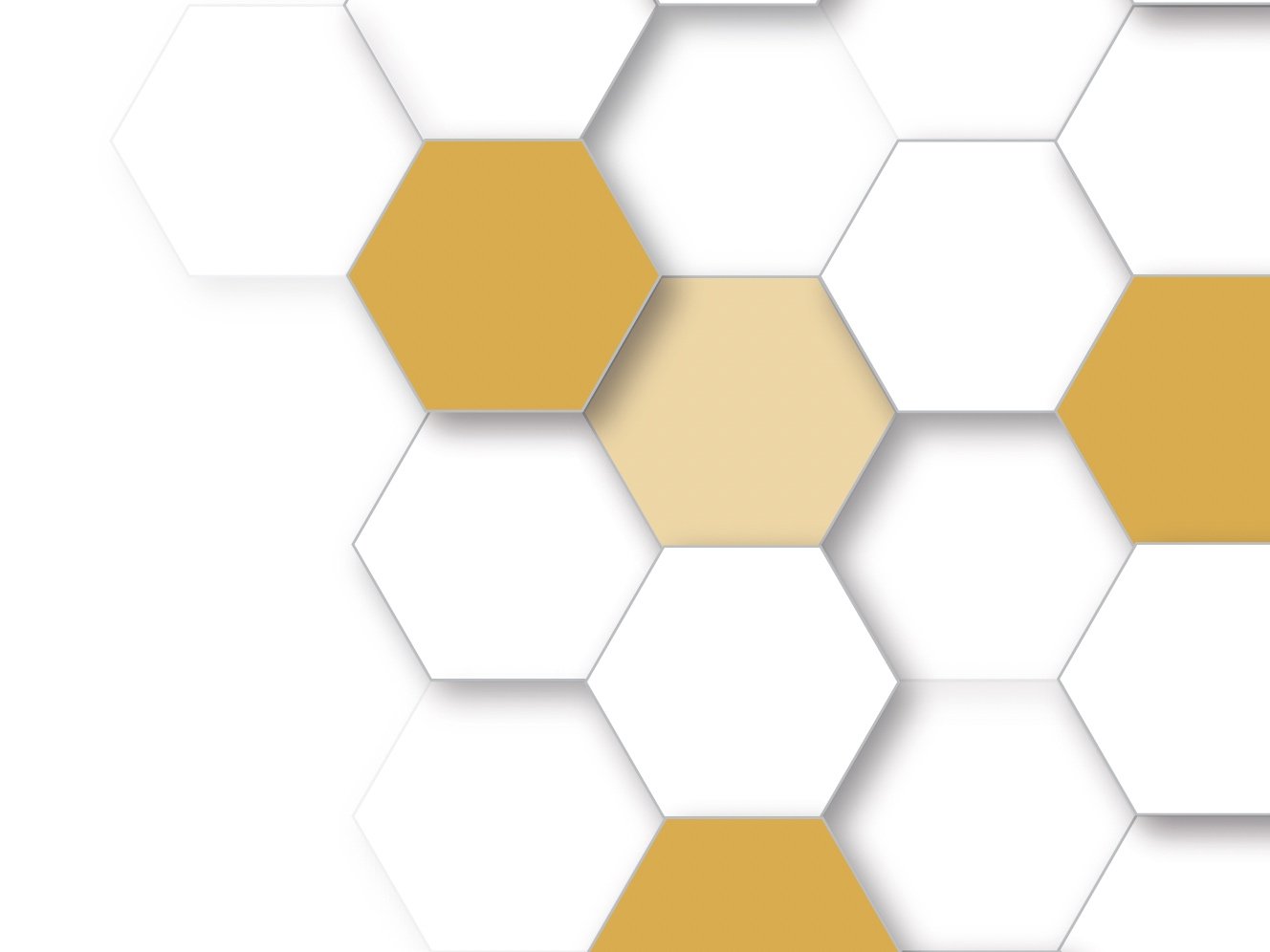
Non-Surgical procedures
-
Laser Genesis is a non-ablative laser treatment that stimulates the skin’s natural processes to diminish the signs of aging and sun damage, and promote a vibrant, healthy-looking complexion.
It delivers gentle laser energy to improve the appearance of fine lines, wrinkles and redness to diminish the signs of aging for beautiful, brilliant skin with no downtime.
-
Revitalise your skin with Laser Rejuvenation. This non-surgical treatment uses state-of-the-art laser technology to target aging signs, sun damage, and pigmentation, as well as promoting collagen production and improving skin tone and texture. Experience the remarkable benefits of Laser Rejuvenation and restore your skin's radiance today.
-
A chemical peel is a procedure in which a chemical solution is applied to the skin. This solution regenerates and resurfaces the skin by removing the top layers of the skin. The skin undergoes a collagen remodelling procedure and therefore improves skin texture, sun damaged skin, pigmentation, fine lines and wrinkles, acne, and the overall appearance of the skin.
There are several types of chemical peels that are suited to different skin problems and types. They also vary in strength from light, medium and deep.
For optimal results and rejuvenating benefits a series of peels is usually recommended. This may utilise the same peel or a blend of different peels to target skin concerns.
The type of peel and strength will be tailored to your skin concerns and skin type by our highly trained dermal clinician.
-
Dermaplaning is manual form of exfoliation using a small blade to scrape away dead skin cells revealing fresher, brighter skin. It is also used to remove unwanted hair on the face, ie ‘peach fuzz’.
There is no downtime with dermaplaning. Immediately after the treatment, your skin will feel smooth and hairfree. Makeup will go on smoothly and beautifully.
Benefits:
Refines skin, creating a smoother, softer appearance
Provides gentle exfoliation
Removes vellus facial hair
Provides instant glow
Perfect before events
Make-up sits better
Treatment includes soothing sheet mask.
-
Reconstruction of the breast has been shown to scientifically improve the cancer journey of patients.
Following breast reconstruction procedures by our surgical team at East Melbourne Plastic Surgery using either the patients’ own tissues in the form of a free flap or after an implant -based reconstruction, we surgically reconstruct a nipple for the patient. This nipple is then tattooed by our qualified and highly trained dermal therapist in order to provide a realistic colour to the nipple and the surrounding areola.
Areola tattooing involves implanting micropigment into the skin skilfully to create an areola around the surgically reconstructed nipple. It is often the final step in the journey of a breast cancer survivor. For unilateral breast reconstruction patients, we can colour match to the other breast, and for bilateral reconstruction patients, we can create the best style to suit. Typically, the surgeon will tell the patient when it’s a suitable time to proceed to have nipple areola tattooing.
Many patients look forward to completing the process as soon as possible to help them feel “normal” again. This part of the journey can be an emotional one as it is usually the end of a very long process of recovery.
Our team consider it a privilege to guide a patient along this pathway of reconstruction.
-
This gentle and specialised massage technique focuses on stimulating the lymphatic system, promoting natural detoxification and reducing inflammation. Our dermal clinician will use precise, rhythmic movements to encourage the flow of lymph fluid, supporting your body's immune system and promoting overall wellness. Whether you seek post-surgery recovery or wish to alleviate swelling and discomfort, MLD massage offers a soothing and rejuvenating experience, leaving you feeling revitalised and balanced.
-
Micro skin needling can be considered to be collagen induction therapy. This treatment works by creating micro-injuries to the epidermis and dermis of the skin, provoking a natural healing response. This response promotes the release of growth factors and new collagen production. Patients can experience a rejuvenation of the skin, treating wrinkles, scars, stretch marks, rosacea, sun damage, hyperpigmentation and hypo-pigmentation.
Micro skin needling is a treatment that is unsuitable for infected and irritated skin, as well as fungal infections. It is also unsuitable treatment for patients with active acne, rosacea, eczema, psoriasis, severe solar keratosis, skin cancer, raised moles, warts and any open wounds or sore. It is important to tell your clinician if you do have any of these skin conditions before treatment.
-
Our team offer a full range of injectable therapies for discrete enhancement of volume depleted areas of the face (including lips, cheeks, temples).
We also offer anti-wrinkle injections to reduce muscle activity in appropriate areas.
Complications of fillers have been reported in global literature including loss of skin and blindness. It is critical that these injectables be administered with an adequate understanding of the vascular anatomy of the face. This vascular anatomy is a core element of plastic surgery training, and therefore forms the foundation of our injectables approach.
Occipital Neuralgia
Migraines impact an astounding 4.9 million Australians, with nearly one in every four households having an affected family member. This prevalent condition results in an estimated annual economic burden of $35.7 billion, accounting for both treatment costs and work-related losses (1).
Neurologists diagnose and treat migraines with multiple medications and complementary treatments like massage, physical therapy, and acupuncture are also available and may help. However, up to a third of migraine patients do not achieve full relief from these traditional methods.
A common underlying issue for many chronic migraine and headache sufferers is neuralgia. This condition, likened to carpal tunnel syndrome in the wrist, involves the compression of superficial nerves in the head and neck. Frontal, temporal and occipital neuralgias are often underdiagnosed but can be pivotal triggers for persistent headaches and migraines.
Our surgeon, Dr. Shukla, has a specialised interest in the diagnosis and treatment of neuralgia-associated migraines. She commences her approach with an in-depth patient history and physical examination, subsequently performing local anaesthetic blocks to pinpoint the compressed nerves. For certain patients, targeted anti-wrinkle injections may also be beneficial. Those diagnosed with neuralgia might be candidates for surgical interventions, designed to decompress and release the affected nerves. Such surgeries are validated for their safety and effectiveness in multiple peer-reviewed journals. For those with extensive nerve damage, alternative surgical avenues might be explored.
Recently, Dr Shukla travelled overseas to undertake clinical observerships with pioneering surgeons in the field of headache deactivation surgery, often termed migraine decompression or occipital neuralgia decompression surgery. She has visited and trained with experts such as Dr. Bahman Guyuron, Dr. Ziv Peled, Dr. Gerald Austen, Dr. Lisa Gfrerer and Drs. Saja and Giorgio Pietramaggiori. Furthermore, she is a member of the Migraine Surgery Society.
If you believe neuralgia might be triggering your headaches or migraines, we welcome you to arrange a consultation.
Reference:
(1) Deloitte Access Economics, (2018). Migraine in Australia Whitepaper Prepared for Novartis Australia 2018.
Disclaimer: Please note all surgical and non-surgical procedures carry risks and you should ask your practitioner about them, or seek a second a opinion from an RACS accredited plastic surgeon.
Our team will provide treatment options, pricing and an informed financial consent form, which must be signed prior to treatment.
Meet the Team
-

Associate Professor Ramin Shayan
MBBS, Dip Surg Anat(Melb), PhD, FRACS (Plast)
Specialist Plastic & Reconstructive Surgeon
AHPRA registration number: MED0001194018
-

Dr Lipi Shukla
MBBS, Dip Surg Anat(Melb), PhD, FRACS (Plast)
Specialist Plastic & Reconstructive Surgeon
AHPRA registration number: MED0001674975
-
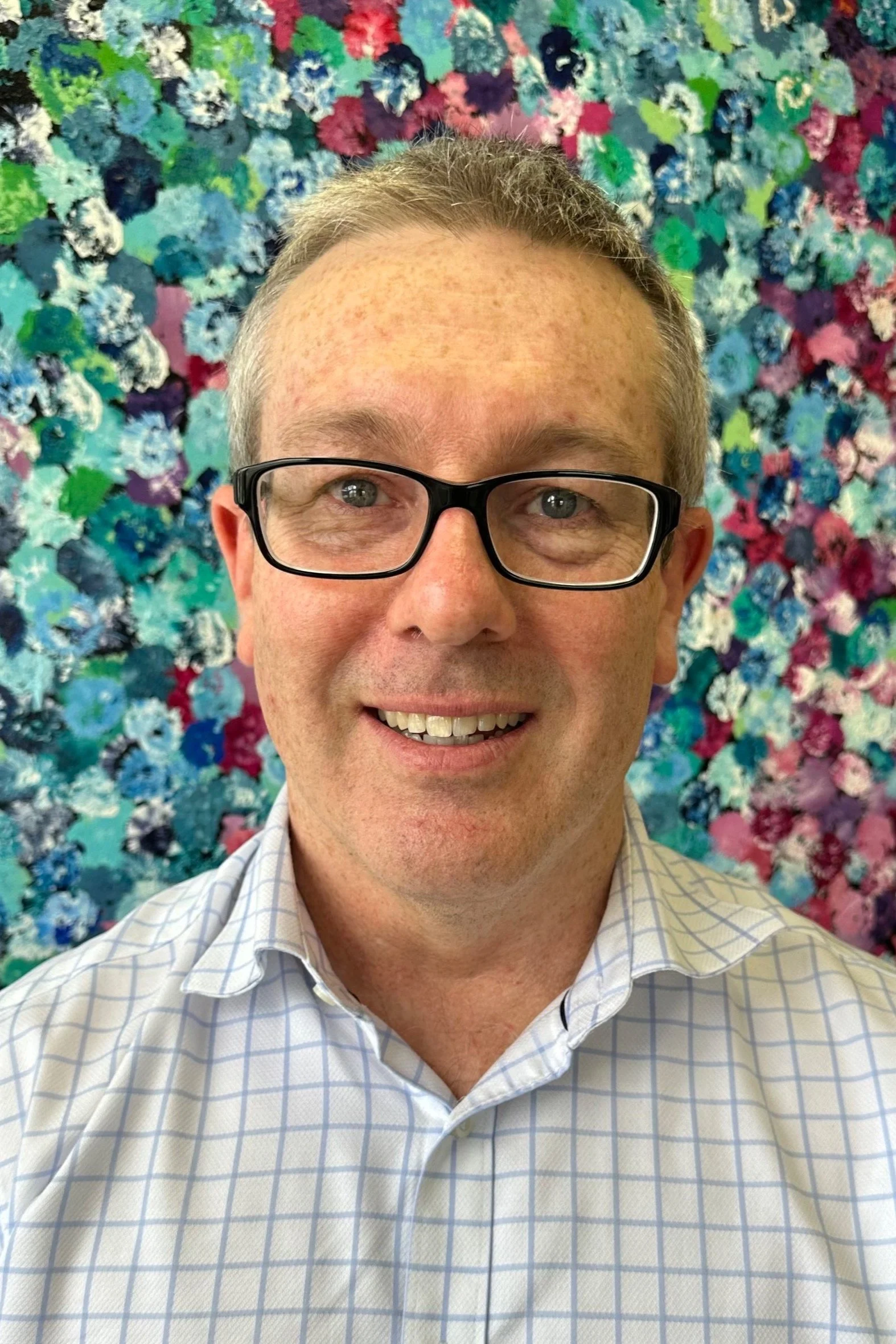
Dr Nicholas Linklater
General Practitioner
Skin & Weight Loss Consultant
APHRA registration number: MED0000983117
-
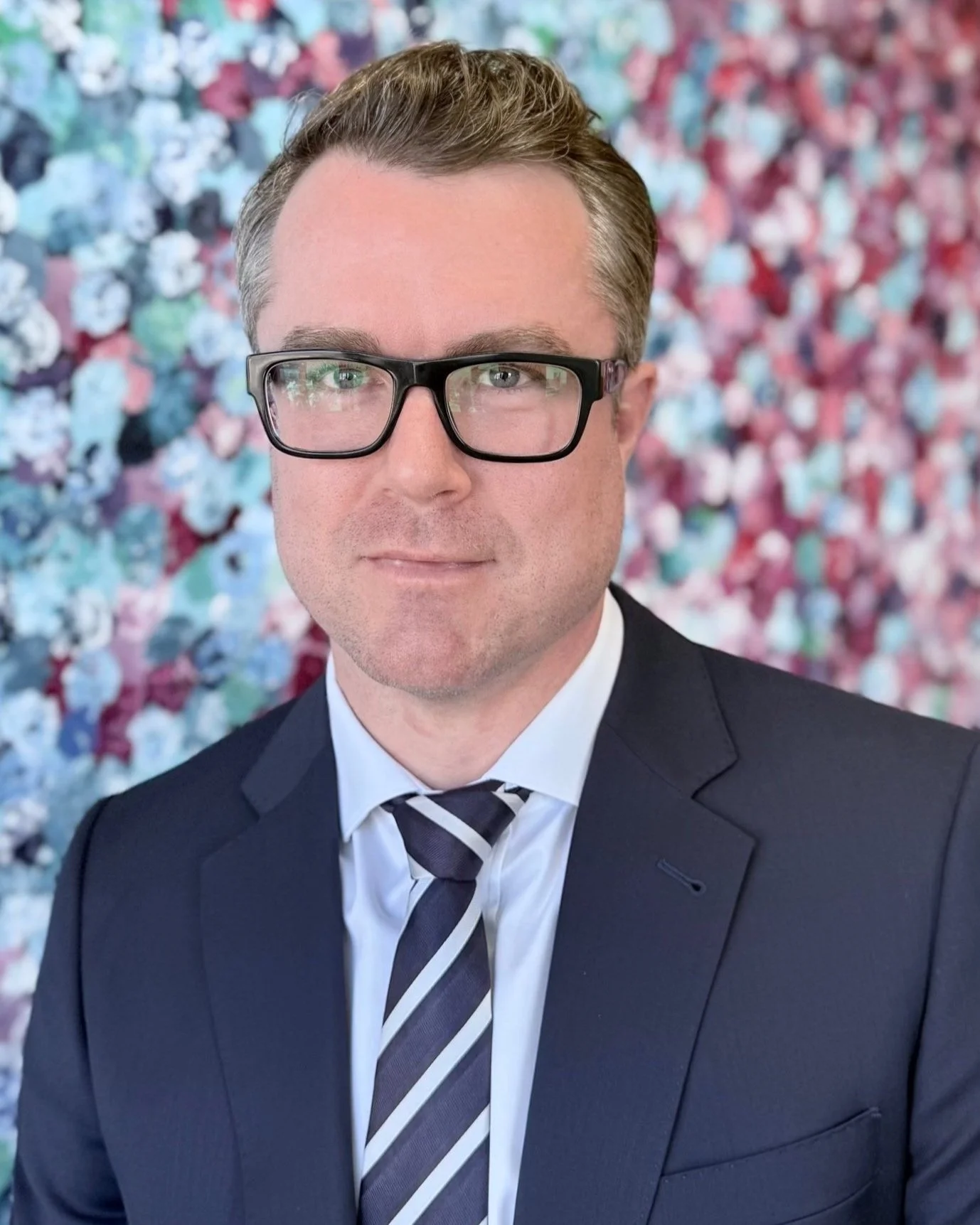
Dr Harley Myers
MBBS, MS, FRACS (Plast)
Plastic and Reconstructive Surgeon
AHPRA registration number: MED0001674827
-
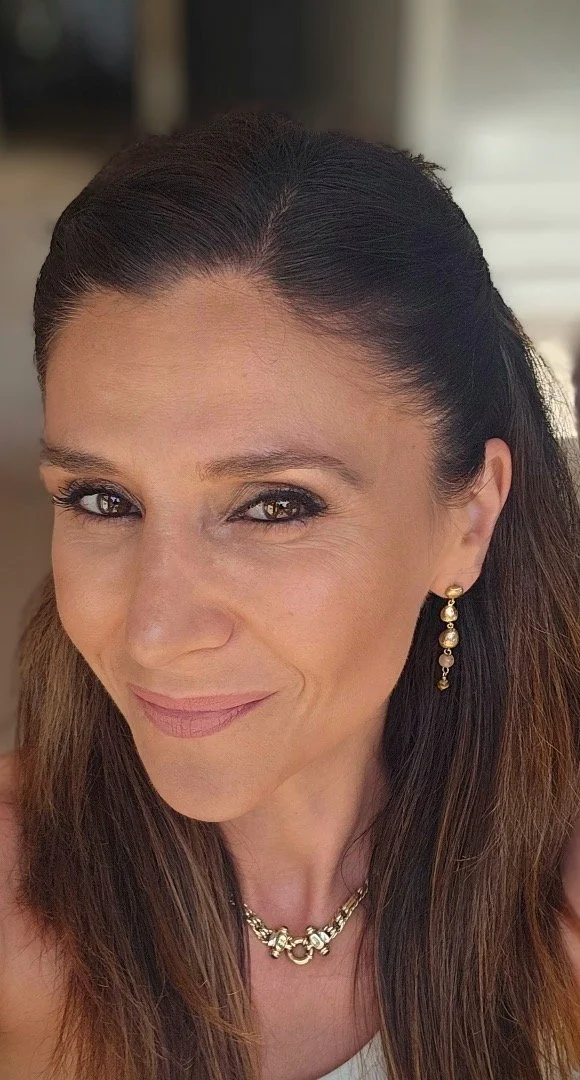
Elle Gat
Psychologist
AHPRA registration number: 6666941656
-

Christine Mollino
BHlthSc(Nurs)
Practice Nurse
AHPRA registration number: 1036878
-

Sally Baker
Advanced Lymphoedema Specialist
-

Renee Dellamonica
Dermal Clinician
-
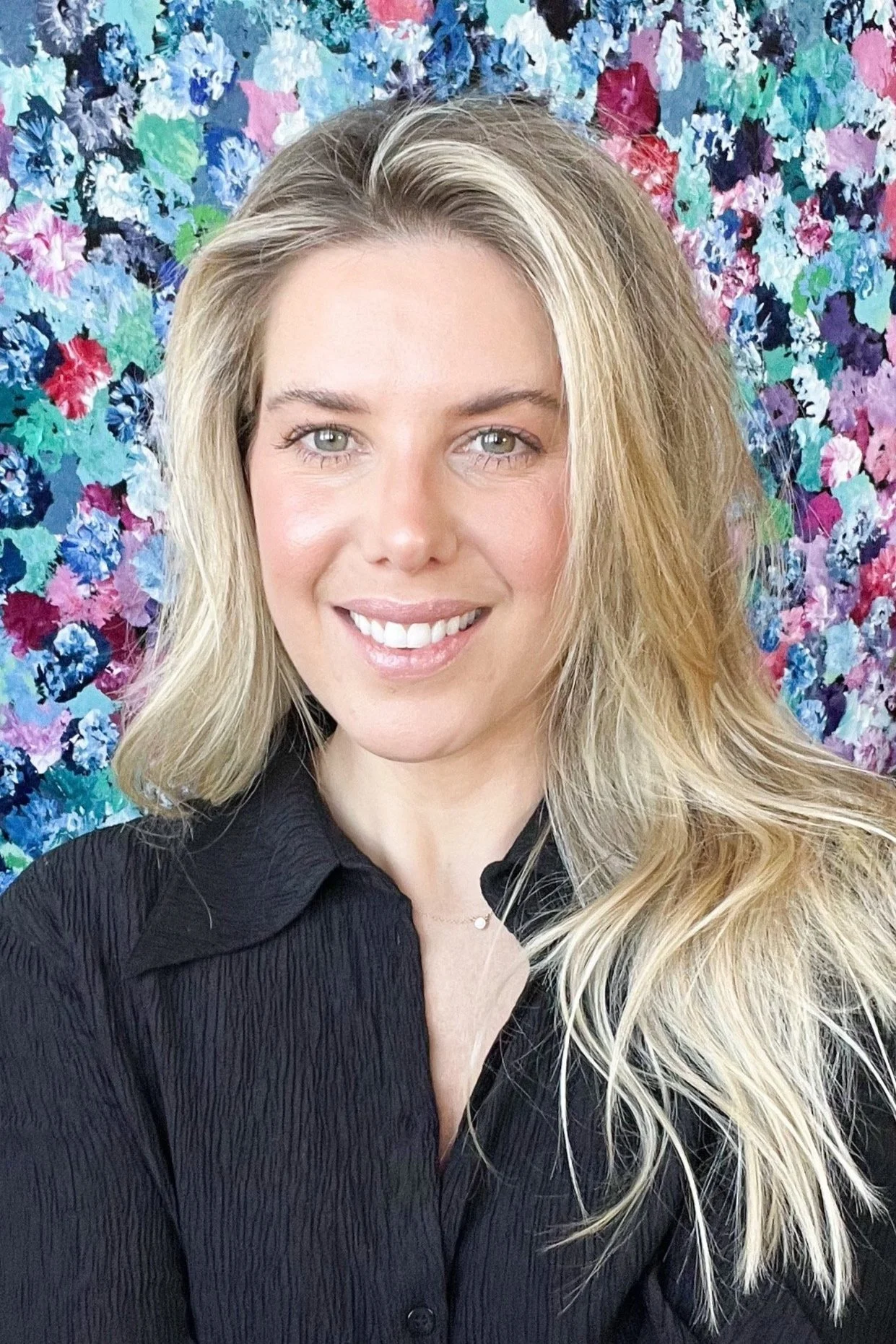
Sarah Towns
Patient Advisor & Theatre Bookings
-

Kirsten Williams
Reception & Patient Liaison
Contact Us
For Patients
Referrals can be emailed to reception@raminshayan.com.au
or faxed to (03) 9038 4440
Email: reception@eastmelbourneplasticsurgery.com
For clinic nurse: nurse@eastmelbourneplasticsurgery.com
For specific lymphoedema/lipoedema enquiries please fill out form here
For Doctors
Associate Professor Ramin Shayan, Dr Lipi Shukla, Dr Nichola Linklater and Dr Harley Myers are all very happy to be contacted anytime to discuss patients, or for urgent referrals, who will be seen promptly.
All patients (including cosmetic surgery) require a valid referral from their GP or other specialist before an appointment can be made. Thank you for your understanding.
